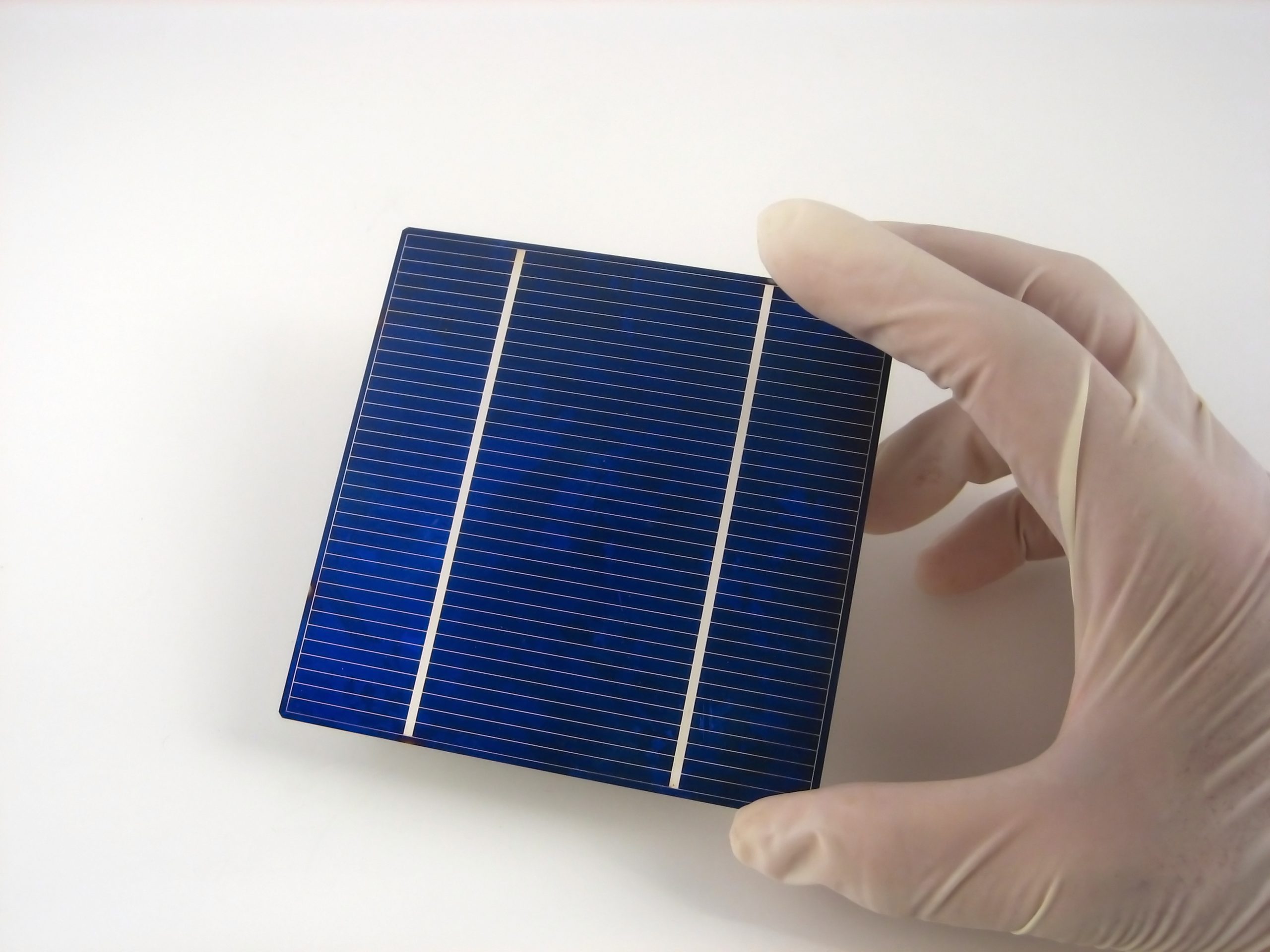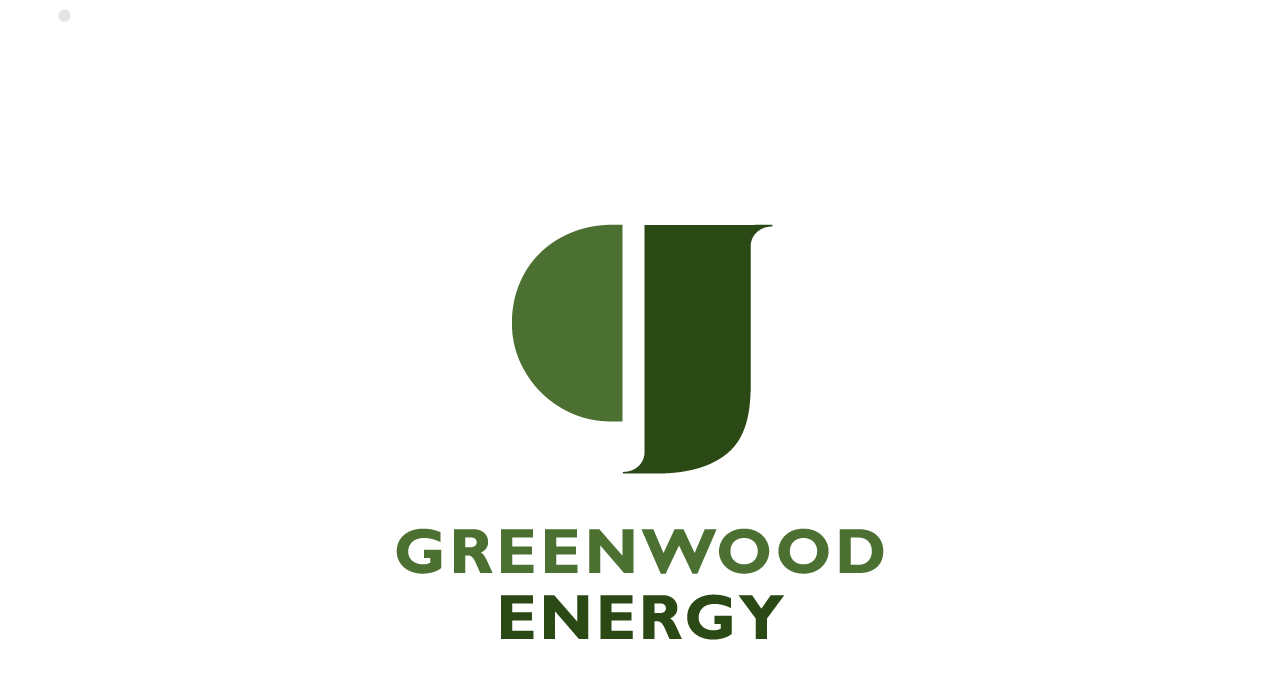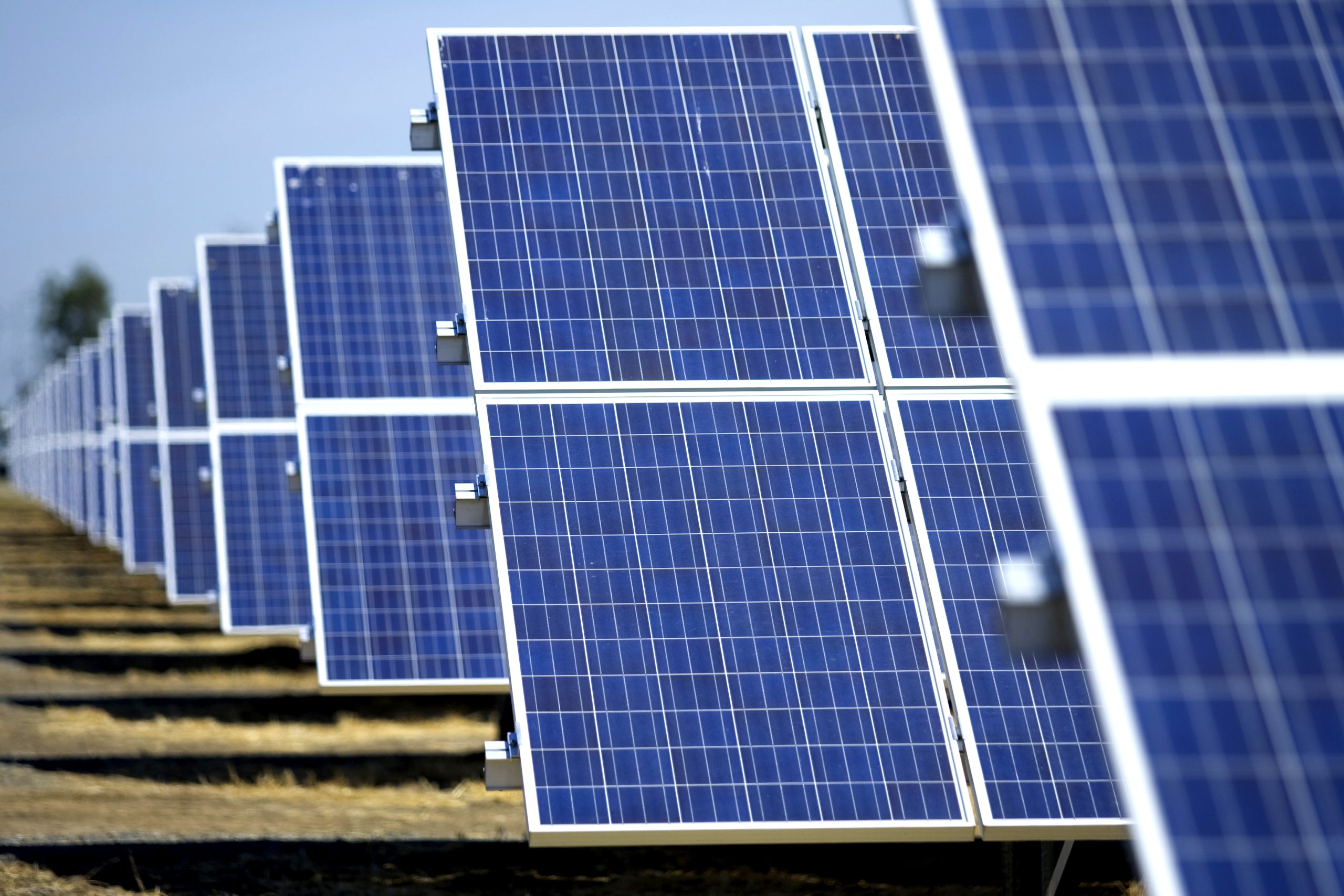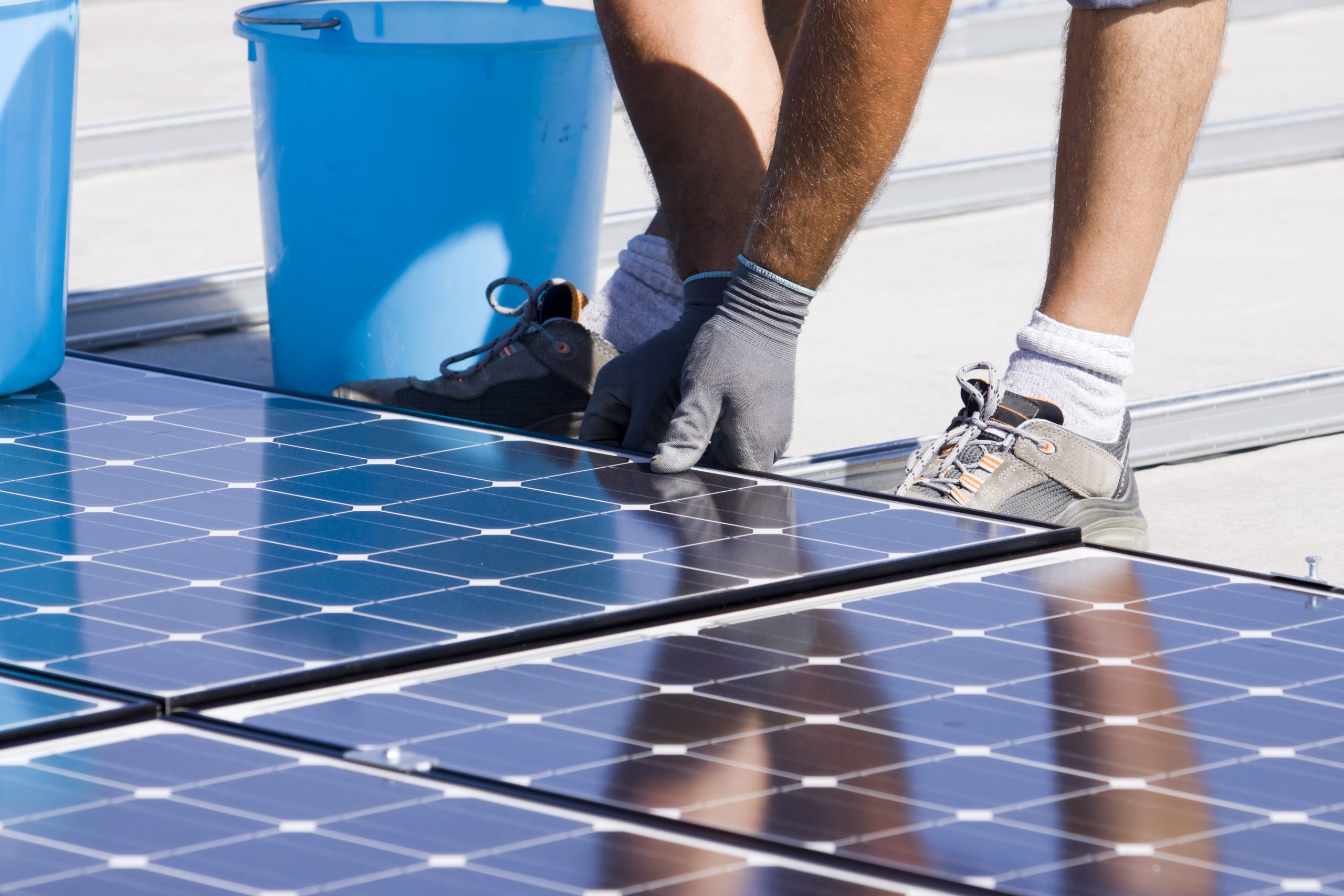INTERVIEW: “Why investors think solar is the opportunity of a lifetime” by Camilo Patrignani

On one level, solar has never been in better shape from a finance point of view. Huge cost reductions and a favourable policy environment in an increasing number of countries have helped cement solar’s place as a mainstream investment option and opened up new routes to cheap capital in the process. But against that backdrop, some big issues loom large, among them the investment tax credit step-down in the US and the question of whether the yieldco goldrush is sustainable.
Camilo Patrignani, CEO of US-based developer Greenwood Energy and a guest speaker at next week’s Solar Investment & Finance USA event, discusses some of the big topics on his radar and why investors are licking their lips at the opportunities offered by solar.
PV Tech: The investor community has become much more comfortable with solar in the past couple of years. What’s been the change?
Camilo Patrignani: I think it’s been time – now everybody can see the maturity which the solar generation technologies have and the growth in the market. What investors are seeing now is basically the opportunity of a lifetime, whereby trillions of dollars [invested] in the utility industry are going to change hands, because the investors that support the large utilities are not willing to support a company like SolarCity or SunEdison. And so it will be very hard for those large utilities, even if they had the management capabilities, which many of them don’t, to do that shareholder or investor shift. It will kill many on the way. So investors are looking at all of this and they’re salivating. I’m seeing a lot of appetite and it’s just increasing almost by the week. It’s incredible.
PV Tech: What are the big advances you would point to in recent years that have helped the cause of solar?
Camilo Patrignani: A big driver has been the cost of installation. Everyone likes solar; they’ve liked it for the 40 years it’s been available. What people did not like is the cost of it. And now that you’re at grid parity in most parts of the world, people are going crazy. Also it is about the excitement of being innovative, being on the cutting edge – the ‘cool factor’ almost. And that’s really what I think is driving it all. It’s excitement from the demand side, but again the factor that underpins that excitement is the cost – because now it is possible.
PV Tech: The big story in the US at the moment is the ITC step-down at the end of next year and the impact it will have on the market. How significant will that be?
Camilo Patrignani: The ITC has been helpful, but it should have been phased out and replaced earlier for something more efficient. The companies that have benefited most from the ITC are the larger companies and it creates a situation of ‘winner takes it all’. And so if you did not have the ITC, today there would probably be hundreds of SolarCities in the United States, but guess what: there’s only one! And I talk to large IPPs who are unhappy about the fact that they need to put together a number of projects to draw down on their tax equity lines; it’s just inconvenient and slows it down and it’s tedious.
What we’re likely going to see in 2017 when tax equity is gone, when the ITC is gone, is that business will slow down in solar. But what I think should happen rather than providing an extension is perhaps replacing it with a smarter solution.
PV Tech: The other big story in solar finance at the moment is the yieldco phenomenon, though they’ve not been having such a good time of it of late. What’s your assessment of how this will play out?
Camilo Patrignani: It’s mixed. On the one hand it’s great that so many companies are launching their yieldcos and it’s providing yet another driver for the solar industry and wind, so from that perspective it’s great; it’s bringing more capital in, cheap capital. From the investor perspective it’s also a good way to de-risk the green capital allocation if you will, because you’re investing in an asset that’s already producing, that is under contract, so I like that a lot.
Unfortunately – and this is why I have mixed feelings – I don’t think investors are being coached and trained well enough to understand this instrument, and therefore you’re seeing the evaluations that you’re seeing. And what I’m fearing is that this is creating a bubble and eventually prices are going to revert to the mean, evaluations are going to revert to the mean and the early investors are going to get punished, and those are investors that are likely not going to invest in the sector for a while.
PV Tech: Your own company is active in a number of Latin America countries. How does the investment picture in those markets differ to that of, say, the US?
Camilo Patrignani: Well it became a lot easier earlier this year than it’s been for the last two or three years, and that’s because people in this region learned, and now they understand the benefits of solar and that it’s affordable.
There are no subsidies in any of these markets, so there’s not a complexity from that perspective; most countries I would say have approved some sort of renewables regulation that gives you the benefit of net metering, for instance. So it’s a lot easier and faster to get those things going in Latin America. You also have cheaper labour, which definitely impacts your installation costs.
The only complexities I would say you have to keep in mind are that the PPA you put together for Panama cannot be a copy paste to the one you use in Columbia – there are different things you need to consider. The other thing is analysing credit and the rule of law. So when you are working with SMEs in the US, or in Europe, developed countries, there are better credit tools – you can do better assessments of who you’re selling energy to. And also how to repossess the equipment if you need to: in Latin America, it’s not as easy or as fast.
PV Tech: From a finance perspective, what new developments would you like to see that would help further advance solar’s reach worldwide?
Camilo Patrignani: Something that is not widely available today are warehousing lines or securitisation for C&I [commercial and industrial] installations. And that’s the next evolution in the financing market for PV – to really getting that more streamlined. In general when you are doing installations, say industrial installations on rooftops, of 200kW or 500kW or 1MW, lenders are not comfortable with how to interpret the risk. Bankers definitely don’t want to analyse the risk for every one of these small installations. So how you do move from project finance in utility scale to the middle ground, the other end being residential, where you can provide financing for those medium-sized installations for those commercial owners?
Camilo Patrignani is the CEO of Greenwood Energy

 Greenwood Energy Launches 80MW Solar PV Project in Chile
Greenwood Energy Launches 80MW Solar PV Project in Chile  Greenwood solar project at Hospital Chiriqui in Panama
Greenwood solar project at Hospital Chiriqui in Panama